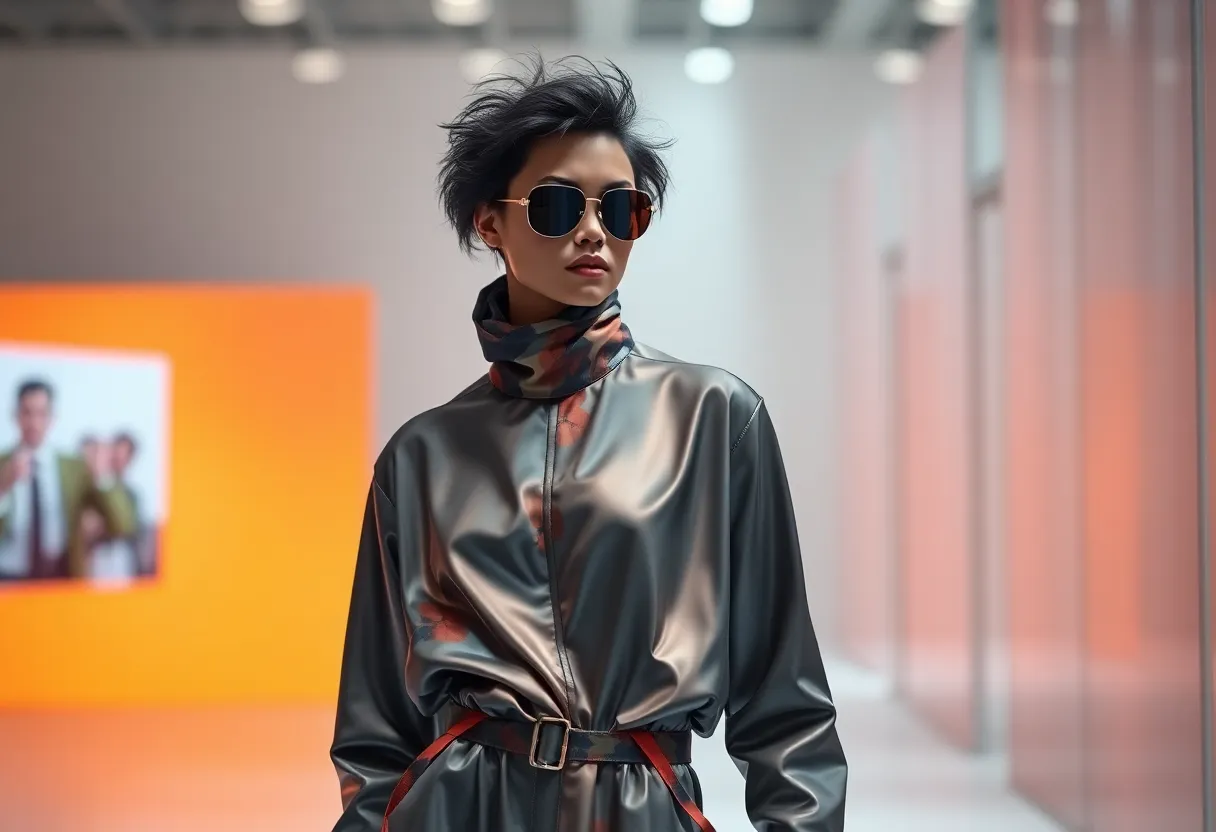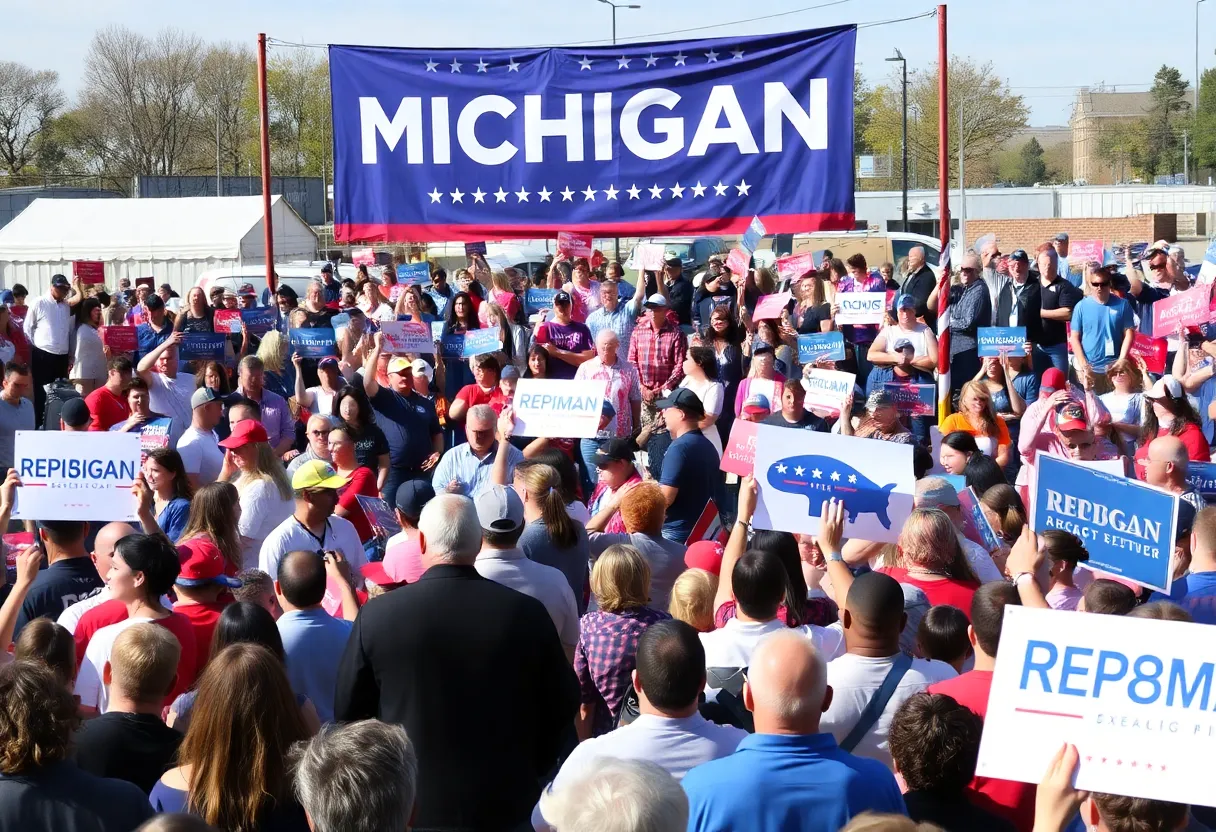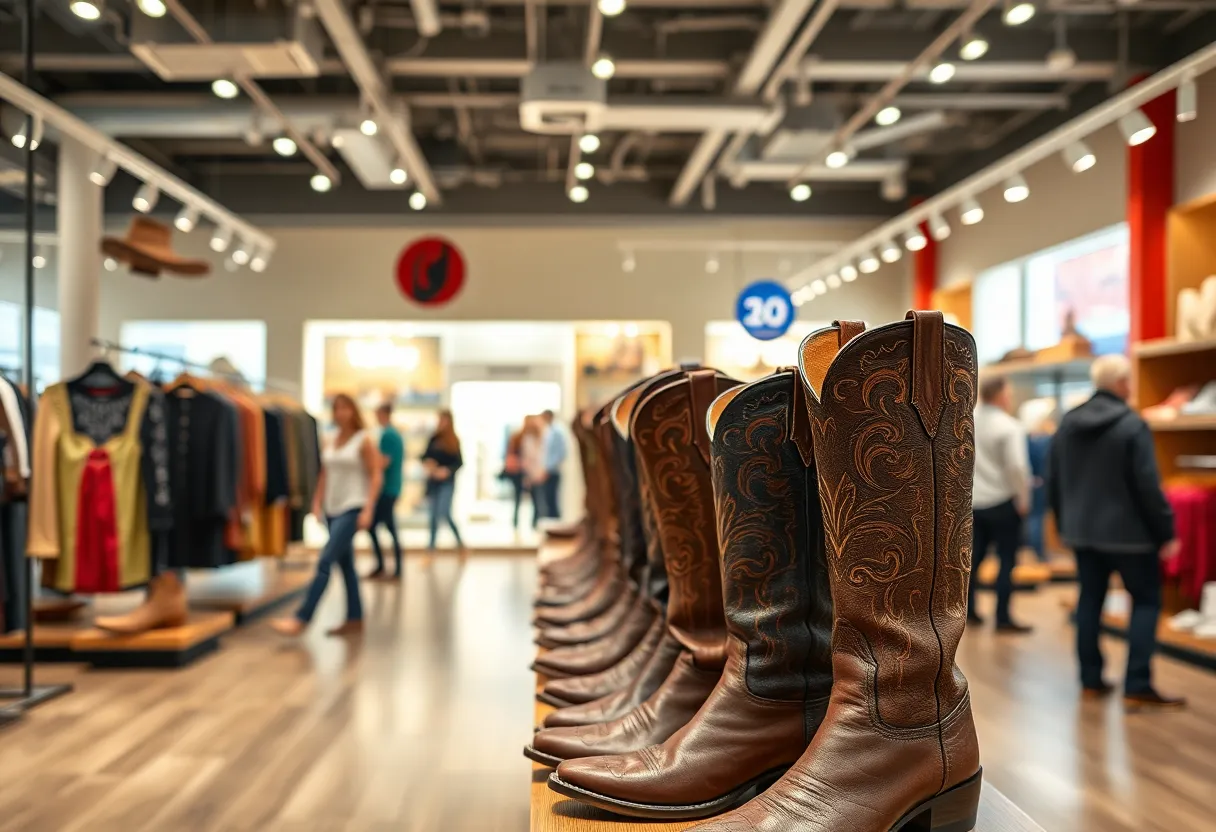News Summary
H&M has launched a pioneering initiative using digital twins—hyper-realistic virtual models of real-life individuals. This innovative approach balances the advancement of artificial intelligence in fashion while ensuring that models retain ownership and control over their digital likenesses. The brand is also addressing industry concerns regarding compensation and collaborative creativity, aiming for a responsible integration of AI in its marketing strategies.
H&M’s Groundbreaking Move Into the World of Digital Twins
In an exciting new venture, H&M is diving into the realm of digital twins, creating hyper-realistic virtual versions of real-life models, including the likes of Vilma Sjöberg. This initiative is part of the brand’s innovative marketing strategy aimed at exploring the role of artificial intelligence (AI) in the fashion industry. The idea? To produce digital replicas that can enhance their marketing efforts while ensuring that the rights and livelihoods of human models are respected.
What’s a Digital Twin?
A digital twin is essentially a virtual model that mirrors a real person, down to their facial features and expressions. Sjöberg herself described her digital twin experience as both “exciting” and “unsettling.” The likeness was so accurately captured that even her boyfriend couldn’t tell the difference! This kind of detail opens up fascinating possibilities for brands, while also raising important questions about the implications for models and the creative industry as a whole.
Empowering Models with Ownership
One of the most significant aspects of H&M’s initiative is the ownership structure of these digital twins. Unlike traditional AI imagery concepts, where models often lose rights to their likenesses, H&M is ensuring that the models can maintain control over how their digital twins are used. They have the power to decide when and how their digital replicas are licensed, not just to H&M but even to competing brands.
Addressing Concerns in the Industry
As brands start experimenting with generative AI, the fashion industry has faced a wave of criticism and backlash. H&M appears to be taking a more thoughtful approach by consulting with a variety of stakeholders, including models, agents, and creative professionals, to shape a responsible path forward. The brand recognizes that it does not fully understand the long-term effects that digital twins might have on the fashion landscape, including potential impacts on photographers and other creatives.
Compensation and Legal Hurdles
In terms of compensation, H&M plans to pay models similarly to how they are compensated for traditional photoshoots, negotiating usage rights through their agents. However, there are rising concerns that brands may eventually turn toward using AI models to cut costs, potentially reducing earnings for real-life models. Legal complexities also loom—a spotlight is shining on the ownership agreements models have in place with their agents and clients, especially as laws evolve. The Fashion Workers Act in New York, effective June 19, will provide clearer guidelines around consent and compensation for using digital replicas, ensuring a more transparent process.
Collaboration and Creativity
Concerns aren’t limited to just models—stylists and makeup artists have expressed worries about the collaborative essence of fashion production. The fear is that relying too heavily on a smaller pool of digital models could undermine the creative process that thrives on teamwork. Advocacy groups are emphasizing the importance of maintaining ethical practices and fair compensation as the industry navigates these changes.
Looking Ahead: AI as an Inevitable Force
Despite the challenges, H&M views AI as an inevitable part of the future. They aim to lead the conversation around ethical practices in its application within the fashion industry. Embracing AI could not only bring about enhanced flexibility for creative campaigns but also allow for quicker turnaround times in marketing efforts. With plans to roll out digital twins for 30 models this year, H&M is keen on introducing these innovations via social media, albeit with clear markings indicating that the images have been AI-generated.
The Bigger Picture
As industries across the board start to explore AI’s potential, H&M’s project presents a unique blend of creativity, efficiency, and ethical considerations. By tackling issues head-on and ensuring that models have a seat at the table, the brand is not only pushing the boundaries of fashion marketing but also reinforcing the importance of responsible practices in a rapidly changing digital landscape.
Deeper Dive: News & Info About This Topic
HERE Resources
10 Must-Read Social Media Marketing Books for 2020: Elevate Your Digital Strategy!
Generative AI’s Transformative Role at Cannes Lions: A Friendly Insight
Unilever Leverages Nvidia’s Omniverse for Smarter Marketing
Marketing’s Growth Potential at Stake: A Closer Look
Deviate Digital Welcomes New Talent as It Gears Up for a Promising 2025
Unilever Innovates Marketing with AI and Digital Twins
Exciting Innovations in Real Estate Marketing with Matterport’s New Marketing Cloud
Exciting Developments at Pioneer AI Foundry Inc.!
Revamping Digital Marketing: The Rise of Hyper-Personalized Ads
Additional Resources
- Business of Fashion
- Wikipedia: Artificial Intelligence in Fashion
- PYMNTS
- Encyclopedia Britannica: Fashion Industry
- Business Insider
- Google News: H&M Digital Twins
- CMS Wire
- Google Search: AI in Marketing
- Forbes
- Google Scholar: AI in Fashion







